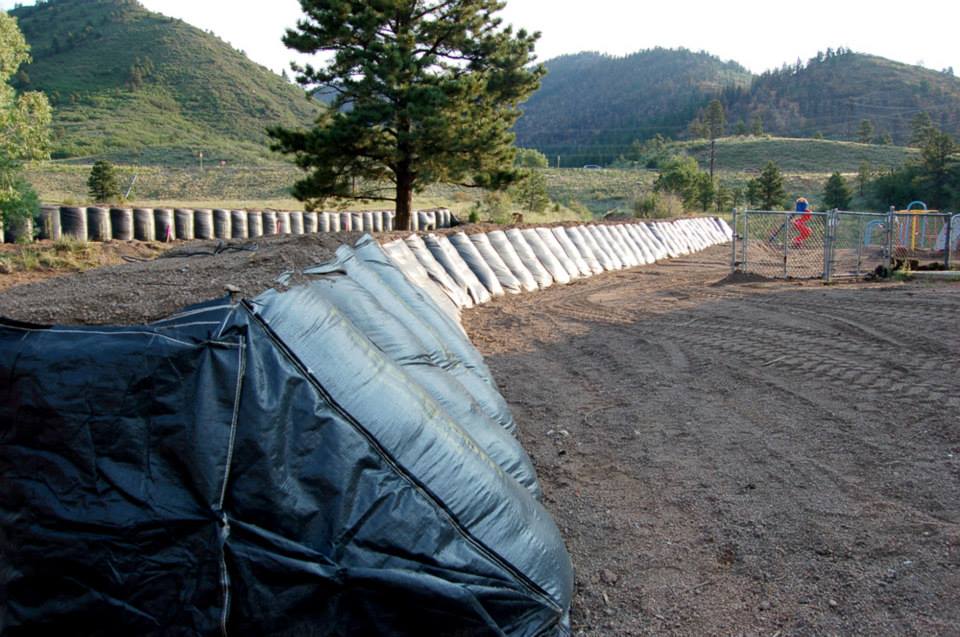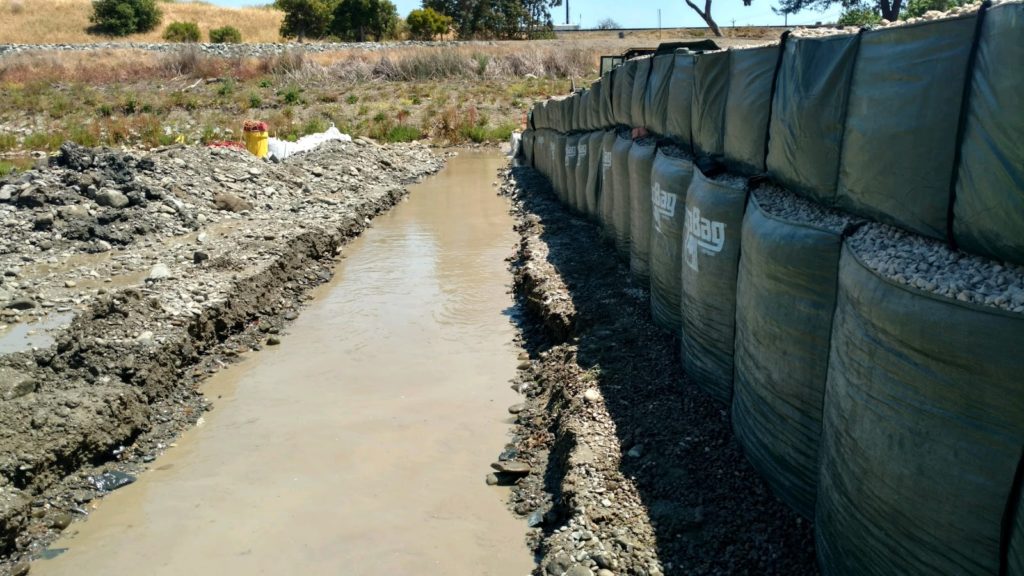In early 2023, California Governor Gavin Newsom allotted a total of $492 million in California’s budget as part of its flood investment proposals. In addition to supporting flood response efforts, these funds are intended to foster California’s flood control measures.
While this additional budget measure is designed to protect communities from future floods, California flooding events are becoming more common. Explore why this is happening, and what homeowners and communities can do to prevent the worst from happening with floods, mudslides, and other natural disasters.
Why Is California Flooding?
Climate Change
Climate change tends to push weather patterns to more unpredictable extremes. As global temperatures continue to rise, the weather will continue to swing between being unbearably hot and freezing cold.
In turn, flooding in California and elsewhere will continue to get worse. The heavy rains will become less frequent, but more intense when they do arrive. This is in part because rising temperatures lead the air to hold more moisture, intensifying the various phases of the water cycle.
There are other consequences of climate change that are contributing to California’s flooding—less snowfall in the mountains means less snowmelt during the spring and summer, making drought conditions, wildfires, and flash floods more severe.
Aquifer Depletion
For over 100 years, farmers in California’s Central Valley have been pumping groundwater to the surface to water crops. Most of this water comes from a vast aquifer under the valley.
However, overuse has caused this aquifer to shrink—and the land above it to sink further and further over the course of several decades. Because the ground has been sinking, it has become more compacted over time, making it harder both for the aquifers to replenish themselves without intervention and making floods more likely to destroy crops.
Scientists estimate it will take at least 50 years for the Central Valley’s aquifers to naturally replenish themselves, but only if everyone stopped pumping groundwater immediately. While there have been some efforts to recharge the aquifers through flood diversion, it’s very likely that California’s residents are still using more water than they replace.
Severe Droughts Followed by Intense Rainfall
Drought causes soil to become more compacted and less porous, especially during prolonged dry spells. Therefore, when heavy rain finally does come, it’s less likely to absorb water effectively—increasing the risk of flood damage, worsening soil erosion, and making catastrophic events like landslides and mudslides more likely.
However, this constant swing between two meteorological extremes doesn’t exist in a vacuum. There are other consequences of California flooding that can be even worse for residents and communities.
Other Problems California’s Flooding Causes
Landslides
A landslide is a rapid shift in the formation of a landmass. While there are multiple types of landslides with numerous causes, California is particularly prone to flood and rainfall-induced landslides.
Some landslides, such as earth flows, tend to move very slowly and can continue for up to several weeks before finally settling. However, other types of landslides, like debris slides and rock falls, can happen rapidly and with little warning after a period of intense flooding. In more mountainous areas, it’s not unheard of for debris slides to kill people in their sleep, as they would have no warning and would not hear the slide coming.
Mudflows and Mudslides
A mudflow is a moving mass of loose mud, sand, and water that flows down steep hills and slopes. Mudslides tend to be thicker, less liquefied, and more likely to occur after wildfires.
While mudflows and mudslides look just like muddy water, the presence of silt and sand makes the flow thick like concrete. Because of this, they can wash out highways, destroy homes, and kill people. Such was the case in Santa Barbara in January 2018, where one half-inch of rain fell in under 30 minutes, sending mud and soot from fires the previous year down into the city, killing 23 people.
Homes situated on hillsides, at the bases of mountains, and atop alluvial fans are especially vulnerable to mudflows.
Damage from Debris Flows
A debris flow is another type of landslide that can be extremely dangerous to life and property because they move quickly. The main difference between a mudflow and a debris flow is that the contents of the latter tend to be larger and include boulders, tree trunks, and other large objects.
What separates debris flows from landslides is that debris flows are more liquefied in nature and are inherently much faster. They flow as quickly and easily as water, while holding thick mud and any unsecure objects in their path, making them fatal for anyone unfortunate enough to be caught in one.
There are also different types of debris flows—lahars and jökulhlaups are commonly associated with volcanic eruptions. However, debris flows can also result from dam failures, snowmelt, and other flooding events. Such are the most common cases in California.
How to Protect Your House from a Flood, Landslide, or Mudslide
Floods, landslides, and mudslides can be fatal and cause devastating amounts of property damage. However, if you’re wondering how to protect a hillside home from a mudslide or flood, there are options available to minimize the damage.
How Vegetation Prevents California Mudslides and Floods
One of the best ways to protect your property from flood or mudslide damage is to make sure you have enough vegetation planted in the area. This is because plant and tree roots keep soil and rocks anchored into place, preventing them from getting caught in a flowing stream during a flood event.
Make sure any plants you have are maintained and regularly watered. After all, if you allow your plants and trees to die, extreme flooding will uproot them more easily.
Flood Protection Barriers
California’s flood protection options range from traditional sandbags to floodgates that separate cities and neighborhoods from flood-prone areas.
However, TrapBag® is one of the best options for protecting your home and property from flood damage. Whether you’re dealing with the risk of an impending flash flood or your home is prone to mudflows or landslides, a properly positioned TrapBag barrier can minimize the amount of damage to your home.
When properly positioned and installed, TrapBag can withstand mudslides and downhill flooding, diverting water and mud away from your home, potentially saving lives in the process.
How to Set Up Landslide & Flood Protection Barriers with TrapBag
TrapBag makes an excellent flood protection barrier and defense against mudflows and mudslides. You can assemble a TrapBag barrier yourself in just a few simple steps, saving precious time while protecting your house from a mudslide.
1. Open the Barrier Packaging
The entire TrapBag barrier comes folded up in its packaging, accordion style. Stretch the barrier out to its desired length in the shape you need, up to 50 feet.
2. Fill the Cells
This can be done either manually with shovels and buckets or all at once with a dump truck or bulldozer. Sand, concrete, or washed gravel make the best filler materials for TrapBag.
3. Place or Stack the Barrier Where Needed
Filled TrapBags can be set as freestanding barriers, set against existing retaining walls or structures for reinforcement, or stacked on top of each other for additional support.
Choose TrapBag for California Flood Control Barriers
In California, flooding is becoming a bigger and more frequent part of life. However, TrapBag can help protect your family, your home, and your property from severe flood damage, turning what would be a catastrophic event into an averted disaster.
To see how TrapBag can make a difference in your next flood emergency, call us 24/7 at (239) 674-6611, or contact us on our website today.




